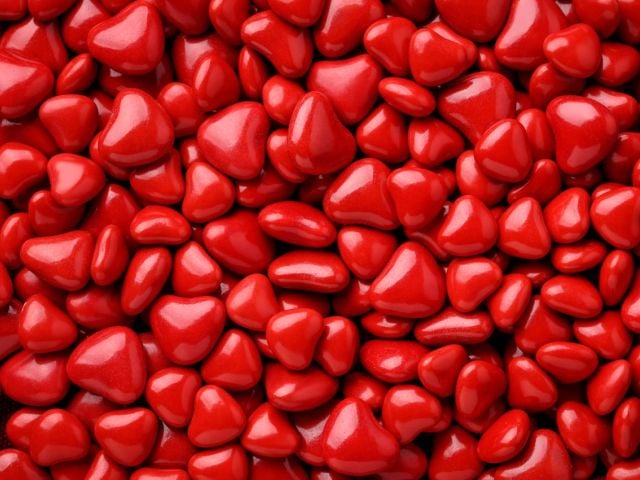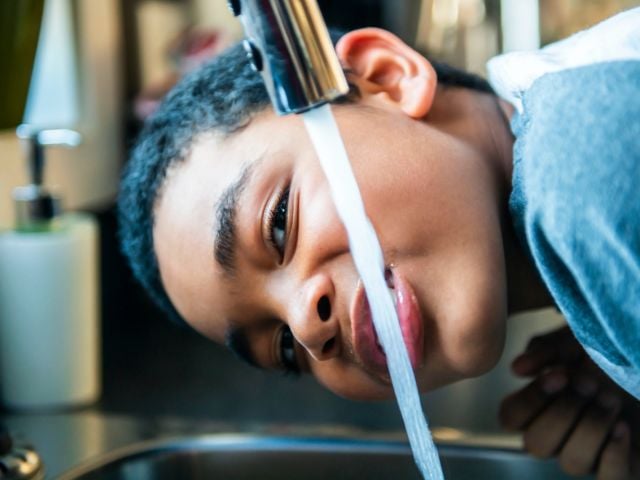
I suffer every spring in Washington DC because of the smell of the fake grass that surrounds my apartment building, my walk to work, my walk in the park, my walk pretty much anywhere. I am not super-smell-sensitive, but the smell of the "grass" gives me a headache and makes me sick. So you can just imagine the "I told you there must be something wrong with it" moment when I read Boston Globe Megan Woolhouse's story, "In fake grass, some see real threat," published Jan. 19 on boston.com. The story reported that tests commissioned by the Globe found that artificial turf installed in Boston's Saunders Stadium and on playing fields several Boston-area schools contained varying amounts of lead. The Globe determined that the turf was made of plastic and recycled tires and contained as much as 300 parts per million of lead. Lead is a potent neurotoxin. U.S. law bans its use in house paint, dishes and cookware and children's products, but it is sometimes discovered in imported consumer products, including toys. Lead has also been found in a number of lipsticks. Well, now we know it's present in playgrounds and playing field. While the turf industry maintains that low levels of lead are safe, here at EWG we know that there is no such thing as safe exposure to lead. Lead should not be present in things that people touch daily. The investigation by the Boston Globe raises an alarm and shows the need for further investigation. We know that lead is harmful, and we should do everything possible to not expose people to its dangers. And I know that it's not just the smell that's wrong with fake grass.



